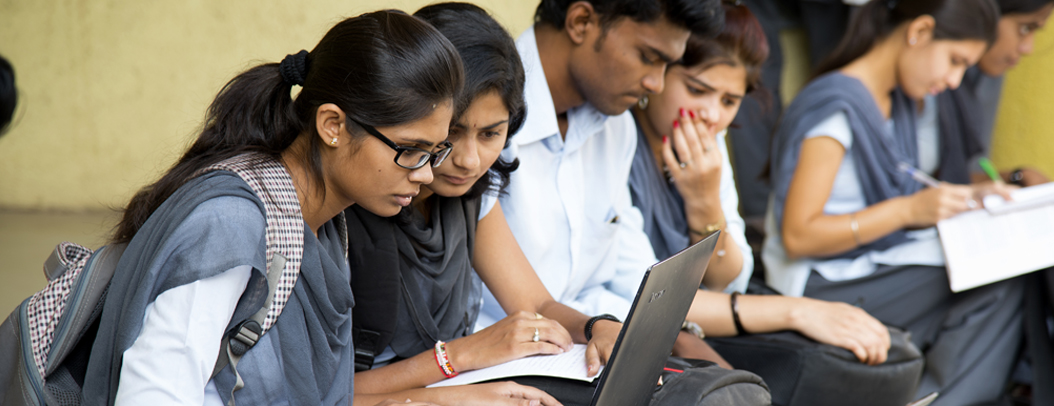Women as an independent group constitute 48% of the countryÔÇÖs total population as per the 2001 Census.

Empowerment of women
The extent of empowerment of women in the national hierarchy is determined largely by the three factors ÔÇô her economic, social and political identity and their weightage. These factors are deeply intertwined and interlinked with many cross cutting linkages which imply that if efforts in even one dimension remain absent or weak, outcomes and momentum generated by the other components cannot be sustained as they will not be able to weather any changes or upheavals. It is only when all the three factors are simultaneously addressed and made compatible with each other can the woman be truly empowered. Therefore for holistic empowerment of the woman to happen - social, economic and political aspects impacting a womanÔÇÖs life must converge effectively.
Constitutional provisions
Women as an independent group constitute 48% of the countryÔÇÖs total population as per the 2001 Census. The importance of women as a important human resource was recognised by the Constitution of India which not only accorded equality to women but also empowered the State to adopt measures of positive discrimination in their favour. A number of Articles of the Constitution specially reiterated the commitment of the constitution towards the socio economic development of women and upholding their political right and participation in decision making.
Girl Child XI Five Year Plan
The Planning Commission has constituted a Working Group on ÔÇ£Development of ChildrenÔÇØ for the Eleventh Five Year Plan under the Chairpersonship of Secretary, Ministry of Women and Child Development with the basic objective to carry out a review of the existing approach and strategies along with the programmes for protection, welfare and development of children and make suggestions/ recommendations for the Eleventh Five Year Plan.
Woman Empowerment
The extent of empowerment of women in the national hierarchy is determined largely by the three factors ÔÇô her economic, social and political identity and their weightage. These factors are deeply intertwined and interlinked with many cross cutting linkages which imply that if efforts in even one dimension remain absent or weak, outcomes and momentum generated by the other components cannot be sustained as they will not be able to weather any changes or upheavals.
Ministry of Women and Child Development
The Department of Women and Child Development, Government of India, came into existence as a separate Ministry with effect from 30th January, 2006, earlier since 1985 it was a Department under the Ministry of Human Resources Development.



